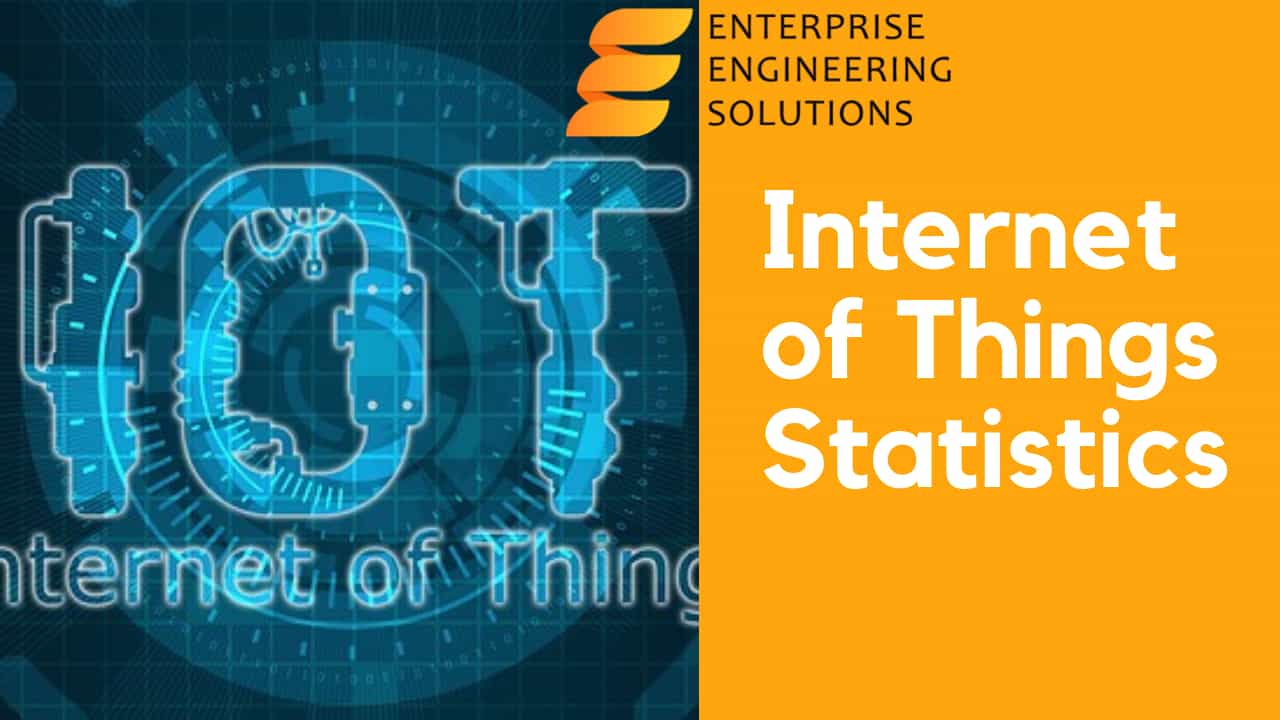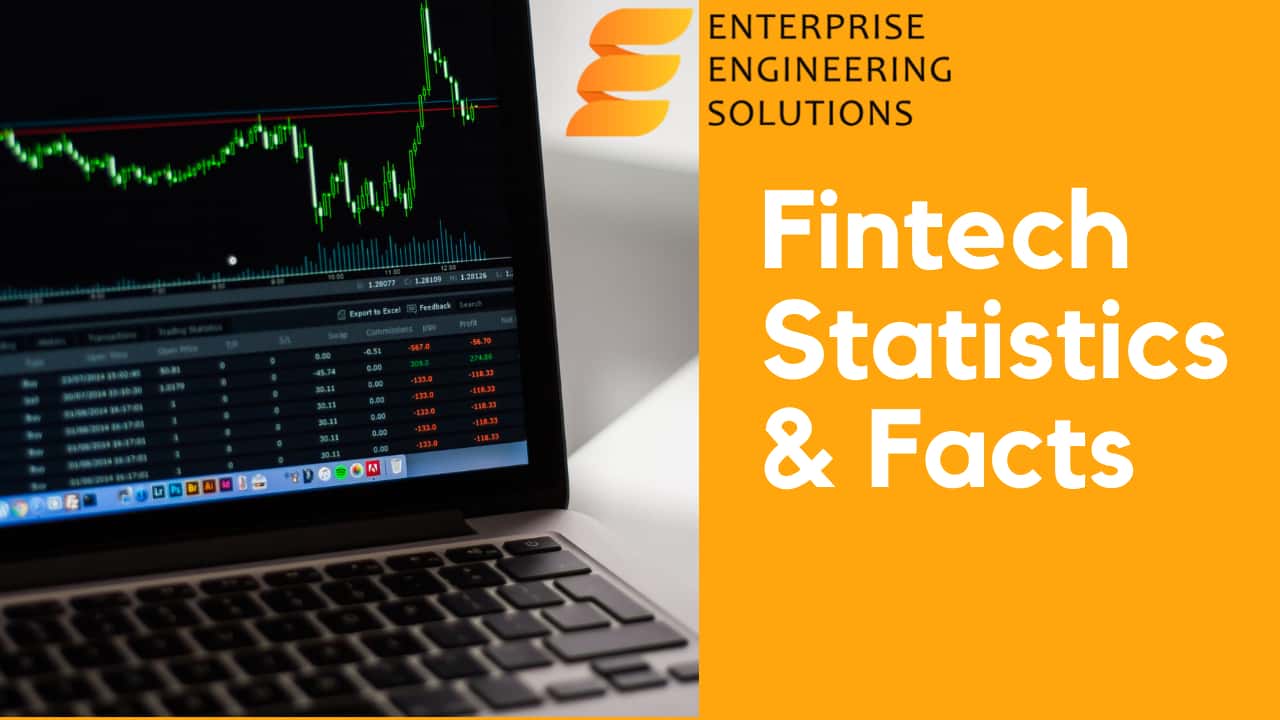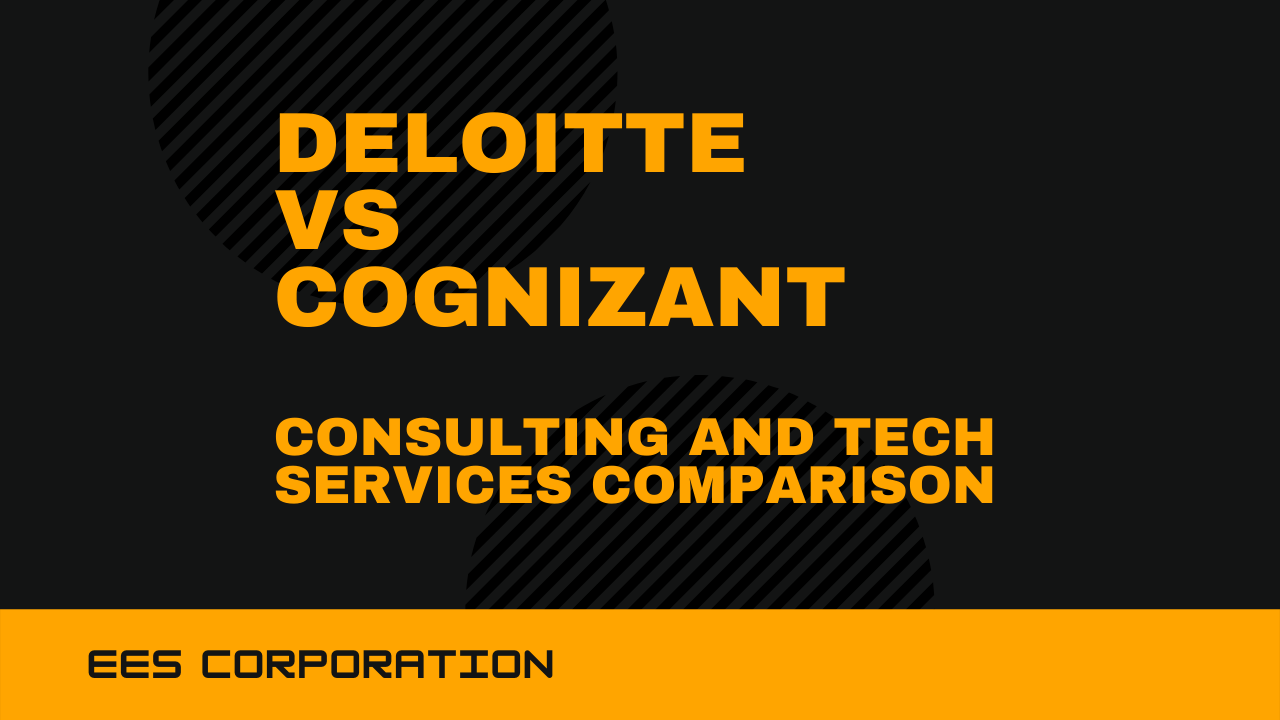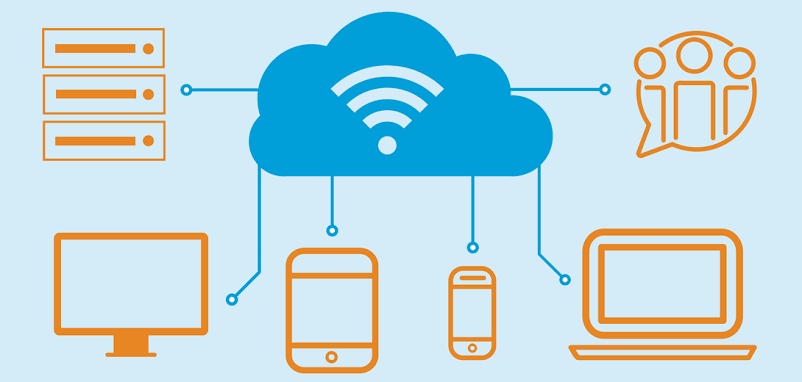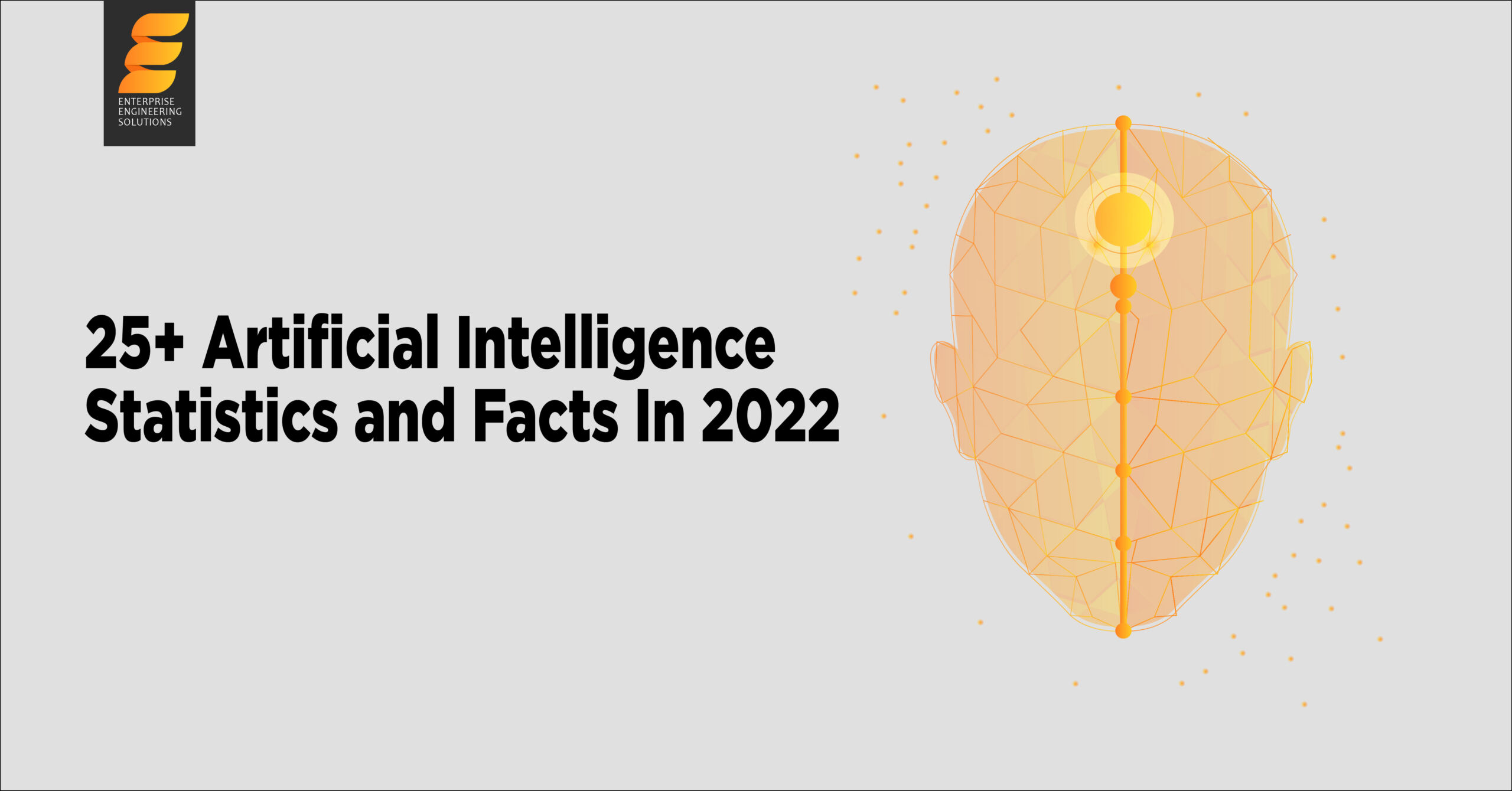These days “Internet of Things” is one of the most significant technological advancements. While the term “internet” initially referred to the large-scale networking of computers, it today refers to the fact that things of all sizes and shapes, from automobiles to household appliances to industrial gear, are linked and sharing information digitally.
The worldwide coronavirus epidemic, like every other element of our life, has definitely influenced how this trend is evolving and affecting our lives. In a future where human interaction is restricted for the time being, touch between technology, tools, and toys might help us stay connected.
So, here’s my prediction for 2022, along with some of the ways we may expect to see this worldwide trend express itself and play a bigger role in how we work, live, and play.
IoT Investment in Healthcare is Expected to Increase
Smart wearables, sensors, and linked gadgets will continue to revolutionize healthcare delivery, from telemedicine to automated home support for the aged and disabled. It will also be used to avoid needless interaction in circumstances where the danger of viral contamination is great, such as nursing homes and hospital infectious disease units.
The number of “virtual visits” or online meetings with healthcare professionals in the United States was initially estimated to reach 36 million, demonstrating how the ongoing epidemic has expedited the adoption of the tech-driven healthcare revolution. In actuality, that number is on track to approach one billion by 2022, and this rising trend will undoubtedly continue once infrastructure and patient knowledge of the benefits are in place.
- The following are five IoT statistics to keep an eye on in 2022
- The 5 Most Important Technological Trends to Watch in 2022
- In 2022, four major trends in artificial intelligence (AI) will emerge.
Devices that assist the elderly age in place longer are seeing brisk sales. This will include artificial intelligence (AI) technology that can detect falls or changes in daily routines and warn carers or healthcare practitioners that help may be required. Adapting to the issues raised by Covid-19, the same technology may be used to identify whether the health of people who may be isolating themselves at home rapidly deteriorates since the illness can commonly leave people unable to seek care on their own within hours.
WFH is more Productive as a Result of IoT
Working from home has become the new normal for many in the information economy due to safety concerns about large crowds in offices and metropolitan locations. The development of new technology to assist us in staying organized while working from home is only a question of time. Many of our homes already have AI-powered personal assistants like Amazon Alexa. As a result, calendar and scheduling systems will become more intelligent, and video conferencing and virtual meeting technology will improve quality and engagement. Microsoft’s Virtual Stage platform, which also uses Azure Kinect sensors, uses AI-powered presentations to engross us in the information further.
It means that assets can be better monitored remotely, giving companies the peace of mind that automated machinery will continue to work and alerting human engineers or maintenance personnel when their intervention is needed when they still require physical presence, as is the case with most manufacturing, industrial, and logistics operations.
Internet of Things (IoT) in Retail: Making Shops and Supermarkets Safer and More Efficient
The coronavirus has badly impacted the brick-and-mortar retail industry. The advent of internet retail has made it possible to temporarily shut down numerous non-essential businesses while causing less damage to our daily lives, as we witnessed in the early days of this pandemic. Food and medication distribution centers, on the other hand, must stay open to meet the fundamental requirements of the local people.
Next year, we may anticipate innovative models like Amazon’s fully automated supermarkets to find a new function by reducing the need for non-vital human connection while supplying our houses with food and other necessities. The number of fulfillment centers that make use of Internet of Things (IoT)-enabled devices will rise at an exponential rate as well. Contact-free payment methods will become more common as we move closer to the so-called “cashless society,” which has been projected to arrive for some time now and will present its own set of problems.
RFID tags will be used in retail to track client movements, among other things. As in the past, this data will be used to inform choices about inventory placement and replenishment by tracking how and when consumers engage with displays and goods on the shelves. Due to the changes in society this year, it will now be more utilized to measure social distance and safeguard against overcrowding in particularly crowded sections of supermarkets, shopping malls, and stores.
City-Scale Internet of Things
For a while now, the term “smart city” has been gaining traction due to the increasing use of Internet of Things technology to monitor traffic on road networks, public transportation use, footfall in pedestrianized areas, and the use of civic amenities like recycling centers and refuse collection. Smart meters keep track of how much energy is being used in homes and businesses, allowing the supply to be adjusted to match peak demand while also preventing waste.
We should expect a significant increase in municipal spending on digital capabilities in the next year, allowing them to make greater use of new technologies as they become available. As the world changes, this will become increasingly important. IoT technology will help authorities and businesses better understand and plan safety measures and emergency response strategies for public transportation, city center offices, and recreational facilities such as leisure centers and parks, all of which face increased safety concerns due to the proliferation of people and things online.
Embedded Internet of Things (IoT)
Finally, because of Covid, edge computing is a powerful trend that won’t go away very soon. In line with the other developments discussed here, the transformation it allows will be more relevant than ever before, most likely resulting in a faster adoption rate and innovation.
Edge computing, which conducts this work on the devices themselves, eliminates the need to send data collected by IoT devices to the cloud for analysis and insight extraction. Saving a lot of bandwidth has clear economic and environmental benefits. After Covid, privacy and data stewardship will still be critical considerations. For example, epidemic detection and contact monitoring rely on compassionate data such as health or location.

